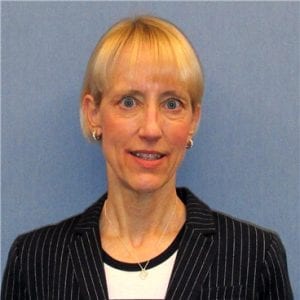Since the announcement of the Operational Excellence for the Second Century (OE2C) project in March 2014, the Office of Operational Excellence has made great strides in investing in academic growth at SMU. In a memo to campus explaining the project, President R. Gerald Turner said, “The changing national landscape for higher education trumpeted daily by the media creates opportunities as well as challenges. If we broadly examine our operational practices and plan wisely, we can develop the course of action that keeps us firmly on track toward our strategic goals: ever-increasing academic and faculty excellence and student quality combined with our unique campus experience.”
Since that time, the Office of Operational Excellence has overseen 17 major initiatives to examine the efficiency and cost effectiveness of campus processes. Some initiatives, such as those dedicated to Finance, Facilities and OIT, were broad and resulted in Shared Services across campus. Others, like Procurement, have been focused on identifying ways our campus community can save money in targeted categories by harnessing the purchasing power of the entire University. Additional initiatives concentrated on areas where there was an opportunity to streamline work, including graduate application processing, repurposed property and event management, among others.
The total savings realized by the Office of Operational Excellence crossed the $20M mark in SMU FY17. The reallocation of these funds for academic purposes is ongoing, and President Turner presented an update at the March 2018 Faculty Senate meeting. “We have set aside a million for academic initiatives and a million for undergraduate equalization, primarily oriented to Dedman College and some of the service functions it provides to the rest of the institution,” President Turner said.
A large percentage of the annual funds going to academic initiatives will be dedicated to SMU Libraries. This includes funding for digital preservation software and long-term data storage, as well as a new position in technology (Head of Library Systems) that will report dually to the Dean of Libraries and Michael Hites, SMU’s Chief Information Officer. These funds will also be used to increase the library’s annual collections budget by 15 percent. “This is the number one request of a lot of the faculty and the Dean of Libraries,” President Turner said. “We are pleased that our savings from Operational Excellence can finally help us make this possible.”
With these newly allocated investments, the total spending from the Operational Excellence initiative is just under $15M. “As we go into FY19, there is a little over $3 million in additional annual funds available to commit to the University’s goals for academic quality,” President Turner said. “An additional $1.9 million will be available beginning in FY21, after we realize the energy savings of new, efficient equipment installed on campus.”
The work to redistribute funds from SMU’s administrative operations to its academic vision required significant input from employees. “We appreciate all of the SMU faculty and staff members who served on initiative teams, made recommendations and gave feedback to our Operational Excellence work,” said Chris Regis, Vice President of Business and Finance. “The work to strengthen SMU’s financial positon required a great deal of perseverance from everyone, but the results help us counteract the economic realities facing all institutions of higher education.”
After July 2018, the Office of Operational Excellence will close, but the University will continue to look for ways to reallocate spending from operations to its academic vision. The Operational Excellence Executive Committee will meet once a semester to review metrics from initiatives and make sure efficiencies and cost savings gained continue to make progress. The committee will continue to review how the funds are spent and will look for additional opportunities to invest in the future of SMU.
If you have ideas for further cost-saving measures or ways to improve processes at SMU, submit them online using this form.

